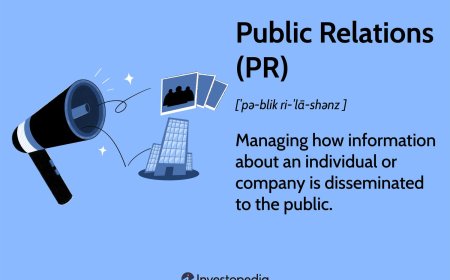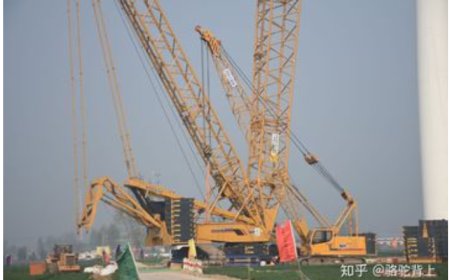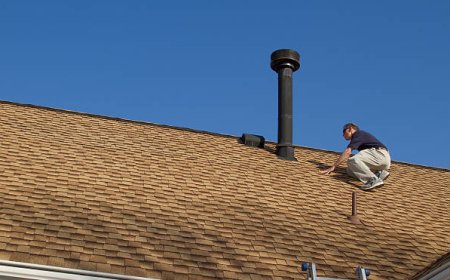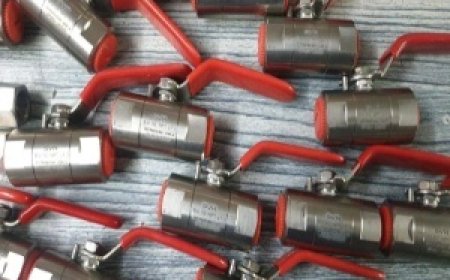Why Lead Flashing in Glasgow Is Still the Best Choice for Roof Protection
Learn why lead flashing in Glasgow remains the top choice for roof protection and how it outperforms modern alternatives.
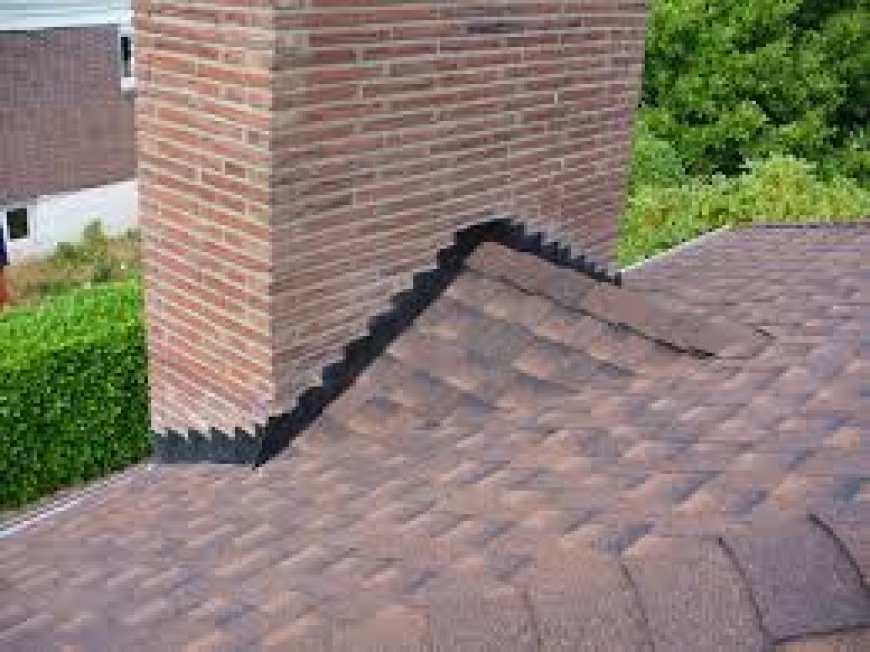
When it comes to protecting homes from water damage, lead flashing in Glasgow continues to stand the test of time. While other materials have come and gone, lead remains a preferred option across the city. Its durability, weather resistance, and long-term value make it hard to beat.
So, why do roofers and homeowners still rely on it after all these years? Here’s everything you need to know about lead flashing and why it's still the smartest choice for your roof.
What Is Lead Flashing?
Lead flashing is a thin sheet of lead used to seal joints and protect vulnerable areas of your roof. It’s often found around:
-
Chimneys
-
Skylights
-
Dormer windows
-
Roof valleys
Its main job is to stop water from seeping into your property at these weak points.
Why It Matters for Glasgow Homes
Glasgow gets more than its fair share of wind and rain. Without proper flashing, water easily finds its way inside. This causes:
-
Damp patches
-
Mold growth
-
Timber rot
-
Interior damage
Lead flashing offers a tight, weatherproof seal that resists even harsh Scottish weather.
Top Benefits of Lead Flashing in Glasgow
1. Long Lifespan
Lead flashing can last over 100 years when installed properly. That’s far longer than most other roofing materials.
2. Flexibility and Strength
Lead is easy to shape without cracking. This flexibility allows it to adapt to different surfaces and expand or contract with temperature changes.
3. Weather Resistance
Few materials stand up to Glasgow’s rain, frost, and wind like lead does. It doesn't corrode and stays watertight through all seasons.
4. Cost-Effective in the Long Run
It may cost more upfront, but it pays off. You’ll avoid regular repairs and early replacement.
5. Eco-Friendly Choice
Lead is 100% recyclable. Many homes use reclaimed lead, making it a sustainable option for roofing.
Where Lead Flashing Works Best
Knowing where to install flashing is just as important as choosing the right material.
Chimneys
Flashing seals the base of the chimney where it meets the roof. This is one of the highest-risk leak areas.
Roof Valleys
Rainwater collects in valleys, increasing the risk of penetration. Lead channels the water safely off your roof.
Skylights and Dormers
Any spot where roofing meets another surface needs proper sealing. Lead flashing forms a durable, water-tight barrier.
Wall Abutments
Where roofs meet vertical walls, lead flashing prevents rainwater from creeping inside.
Common Alternatives and Why They Fall Short
You’ll find other flashing materials on the market. Here’s why lead still comes out on top.
Aluminum
It’s cheap and lightweight, but it lacks flexibility. It can crack over time, especially in cold climates.
Bitumen-Based Products
These are easier to apply but wear out quickly. You may need to replace them within 10 years.
Plastic Flashing
It doesn't perform well under UV rays and may warp in extreme weather. It also looks out of place on traditional roofs.
Signs Your Lead Flashing Needs Attention
Even lead flashing needs maintenance. Look out for these warning signs:
-
Loose or peeling edges
-
Rust stains on walls
-
Damp patches inside the attic
-
Visible gaps near the chimney or wall joints
If you see these, it’s time to call a professional.
Why Professional Installation Matters
Lead flashing isn’t something to install on your own. It requires skill and attention to detail. Here’s why hiring a pro is best:
Proper Shaping
Lead must be measured and shaped correctly to avoid buckling or cracking.
Secure Fixing
Incorrect installation causes gaps. Professionals use the right tools and techniques for a watertight seal.
Building Regulations
In Glasgow, there are local codes for roof work. Reputable roofers follow these standards and ensure compliance.
How to Choose the Right Specialist in Glasgow
If you want lasting results, pick the right contractor. Here’s what to check:
-
Local experience with Glasgow weather
-
Examples of recent work
-
Positive customer reviews
-
Warranty or guarantee on labor
Don’t go with the cheapest quote. Pay for quality and experience.
Maintenance Tips for Lead Flashing
You don’t need to do much, but small steps go a long way.
Check Annually
Inspect flashing at least once a year, especially after storms.
Clear Debris
Leaves and moss trap moisture. Clean them off to prevent water damage.
Seal Gaps Early
If you notice hairline gaps, don’t wait. Get them sealed before they grow.
Lead Flashing and Heritage Properties
Many older buildings in Glasgow still have their original lead flashing. Preserving or restoring it is often the best move.
Lead suits the style of traditional properties and complies with most heritage rules. Replacing it with modern materials can reduce the home’s value and may not meet conservation guidelines.
Is Lead Flashing Right for Every Roof?
In most cases, yes. But there are exceptions:
-
Very steep roofs: May require extra support for flashing
-
Flat roofs: Often use other sealing techniques
-
Budget constraints: Not all homeowners can invest in lead upfront
Even in these cases, partial lead work may be better than skipping it altogether.
Final Thoughts
If you're protecting your home from Glasgow’s unpredictable weather, lead flashing in Glasgow is still your best option. It combines time-tested reliability with long-term value. Though alternatives exist, few match its lifespan, flexibility, or performance.
Don’t wait until leaks appear. If your roof needs flashing, choose lead—and get it done right by a trusted local expert. That way, you can enjoy peace of mind for decades to come.



